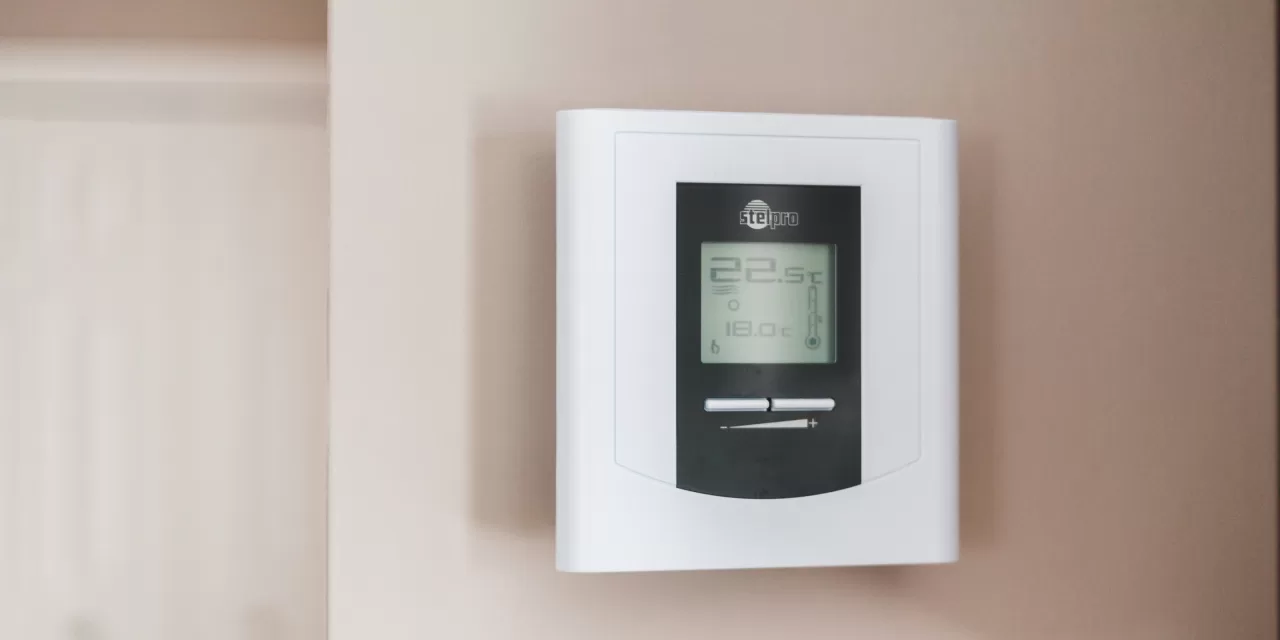As temperatures rise outdoors, offices often crank up the air conditioning, igniting a perennial debate: where should the thermostat be set? Striking the right balance between comfort and productivity proves challenging, with individual preferences shaped by biology, lifestyle, and environmental considerations.
Why Temperature Preferences Vary
One notable pattern is the difference between men’s and women’s temperature preferences. Studies, including a 2021 survey of over 38,000 participants, show that women are more likely to feel cold in office environments. Of those dissatisfied with workplace temperatures, nearly two-thirds were women, with many favoring settings about 1°C warmer than their male counterparts.
Biological factors play a central role. Men’s higher muscle mass generates more body heat, making them more tolerant of cooler environments. Conversely, women’s lower metabolic rates and hormone-driven changes throughout their menstrual cycles influence their sensitivity to cold. For instance, post-ovulation progesterone surges can raise women’s core body temperatures, making external conditions feel colder.
Does Temperature Affect Productivity?
Research suggests room temperature can affect cognitive performance—but the impact varies by task and gender. Men tend to underperform on math and verbal tasks in warmer conditions (above 25°C), while women show diminished performance in cooler settings (below 25°C). However, some tasks, such as those requiring heavy cognitive reflection or memory, are unaffected by temperature.
Balancing comfort and productivity while considering energy efficiency is key. Warmer office environments during summer months not only align with some employees’ preferences but also offer significant energy savings, with consumption increasing by 5–10% for each degree the thermostat is lowered.
Beyond Gender: Other Influences on Temperature Sensitivity
Temperature preferences extend beyond gender differences. Factors such as body composition, age, ethnicity, and activity level also play roles:
- Body size and composition: Those with more muscle mass generate more heat, while individuals with higher body fat may feel comfortable in cooler settings.
- Age: Older adults may feel colder due to reduced thermoregulatory efficiency, while children often tolerate cooler environments better.
- Ethnicity: Some studies suggest cultural acclimatization plays a role, with certain groups preferring warmer or cooler environments based on their climatic origins.
- Work roles and attire: Physically active employees or those in casual attire may favor cooler settings, while desk-bound workers in formal clothing may prefer warmth.
Striking a Balance
Given the diversity of preferences, there’s no universal solution to the office thermostat dilemma. Open communication among colleagues and flexible approaches by management are crucial. For instance, providing localized solutions like personal fans or heaters can accommodate varying needs without overburdening shared systems.
The Environmental Impact
Energy use for heating and cooling constitutes a significant portion of office energy consumption. Setting thermostats slightly warmer in the summer can reduce energy usage and lower environmental impact while maintaining comfort. However, overly high temperatures can lead to humidity issues, emphasizing the importance of balance.
The Takeaway
The quest for the perfect office temperature may never be fully resolved, given the complex interplay of biology, environment, and personal experience. Nonetheless, fostering a collaborative approach to temperature management can create a more inclusive and productive workplace for everyone.












